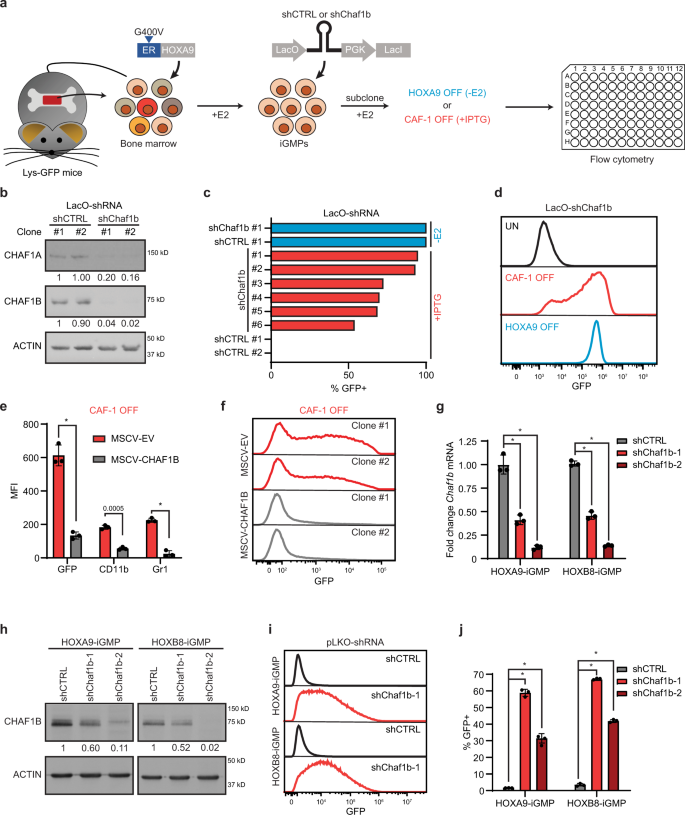血液幹細胞がその運命を維持する方法を特定 UC Riverside-led study identifies how blood stem cells maintain their fate
2022-04-29 カリフォルニア大学リバーサイド校(UCR)
幹細胞は分裂する際に、自己複製を行うか、特定の系統に成熟するかを選択できる優れた能力を持っている。このたび、カリフォルニア大学リバーサイド校の生化学者が率いる研究チームの研究により、幹細胞が分裂するたびに特定の系統が維持される仕組みがよりよく理解されるようになった。
生化学科のSihem CheloufiとJernej Murn助教授が率いる研究チームは、クロマチンアセンブリ因子-1(CAF-1)と呼ばれるタンパク質複合体が、ゲノム構成を制御して系統の忠実性を維持する方法を明らかにしました。この研究成果は、『Nature Communications』に掲載されます。
<関連情報>
- https://news.ucr.edu/articles/2022/04/29/how-genome-organization-influences-cell-fate
- https://www.nature.com/articles/s41467-022-29730-6
ヒストンシャペロンCAF-1によるクロマチンアクセシビリティの制御は系統の忠実性を維持する Regulation of chromatin accessibility by the histone chaperone CAF-1 sustains lineage fidelity
Reuben Franklin,Yiming Guo,Shiyang He,Meijuan Chen,Fei Ji,Xinyue Zhou,David Frankhouser,Brian T. Do,Carmen Chiem,Mihyun Jang,M. Andres Blanco,Matthew G. Vander Heiden,Russell C. Rockne,Maria Ninova,David B. Sykes,Konrad Hochedlinger,Rui Lu,Ruslan I. Sadreyev,Jernej Murn,Andrew Volk &Sihem Cheloufi
Nature Communications Published: 29 April 2022
DOI:https://doi.org/10.1038/s41467-022-29730-6

Abstract
Cell fate commitment is driven by dynamic changes in chromatin architecture and activity of lineage-specific transcription factors (TFs). The chromatin assembly factor-1 (CAF-1) is a histone chaperone that regulates chromatin architecture by facilitating nucleosome assembly during DNA replication. Accumulating evidence supports a substantial role of CAF-1 in cell fate maintenance, but the mechanisms by which CAF-1 restricts lineage choice remain poorly understood. Here, we investigate how CAF-1 influences chromatin dynamics and TF activity during lineage differentiation. We show that CAF-1 suppression triggers rapid differentiation of myeloid stem and progenitor cells into a mixed lineage state. We find that CAF-1 sustains lineage fidelity by controlling chromatin accessibility at specific loci, and limiting the binding of ELF1 TF at newly-accessible diverging regulatory elements. Together, our findings decipher key traits of chromatin accessibility that sustain lineage integrity and point to a powerful strategy for dissecting transcriptional circuits central to cell fate commitment.


